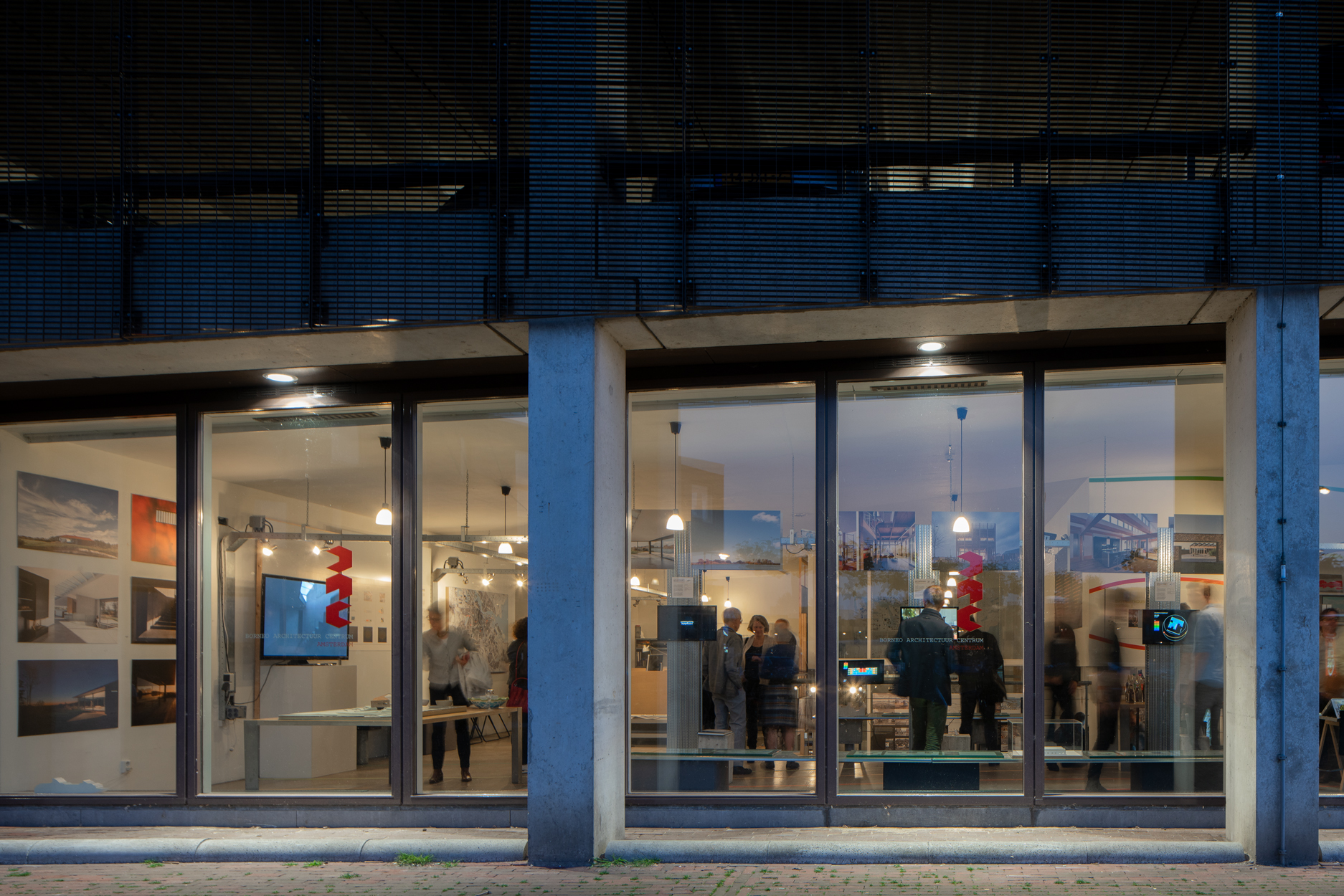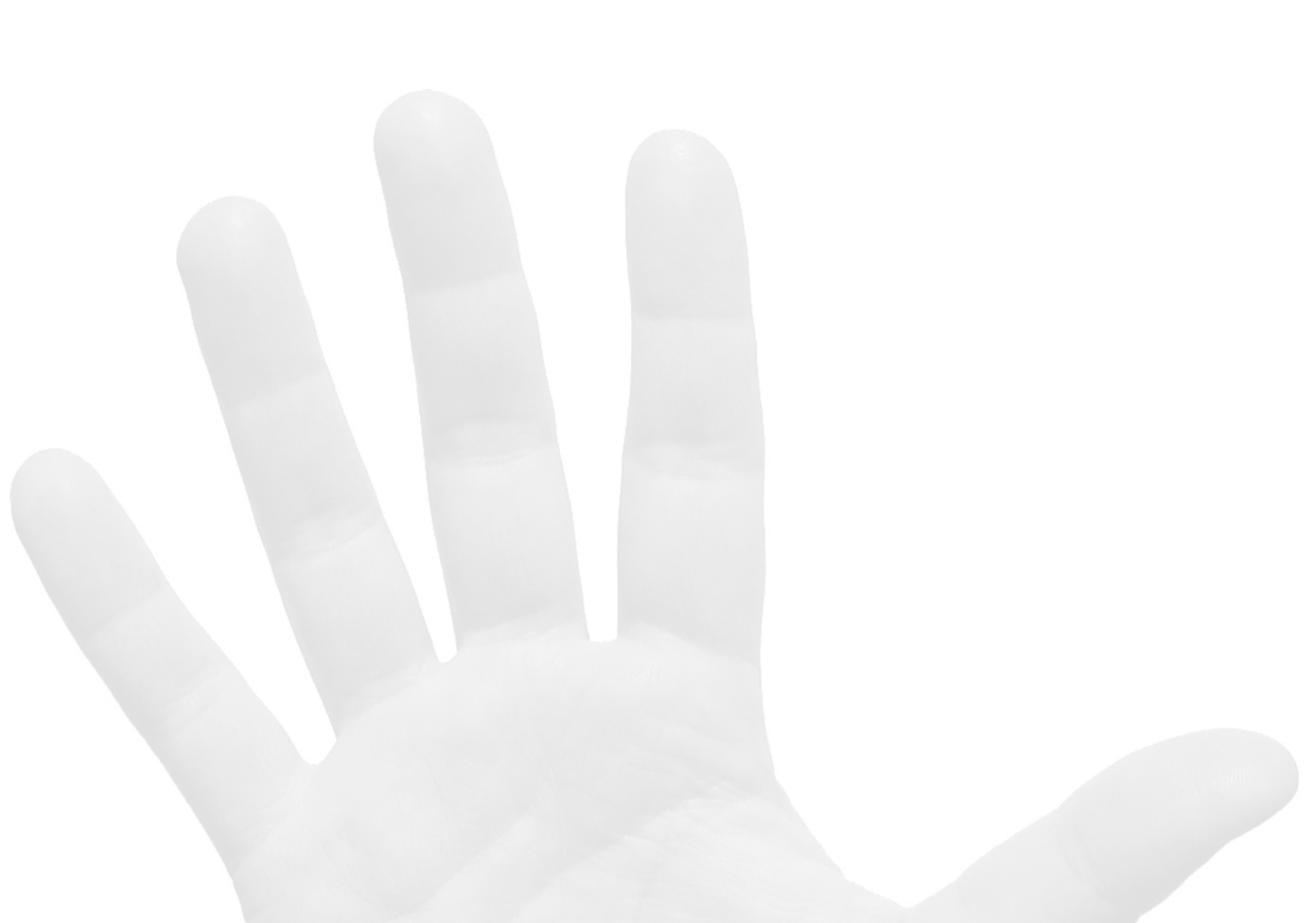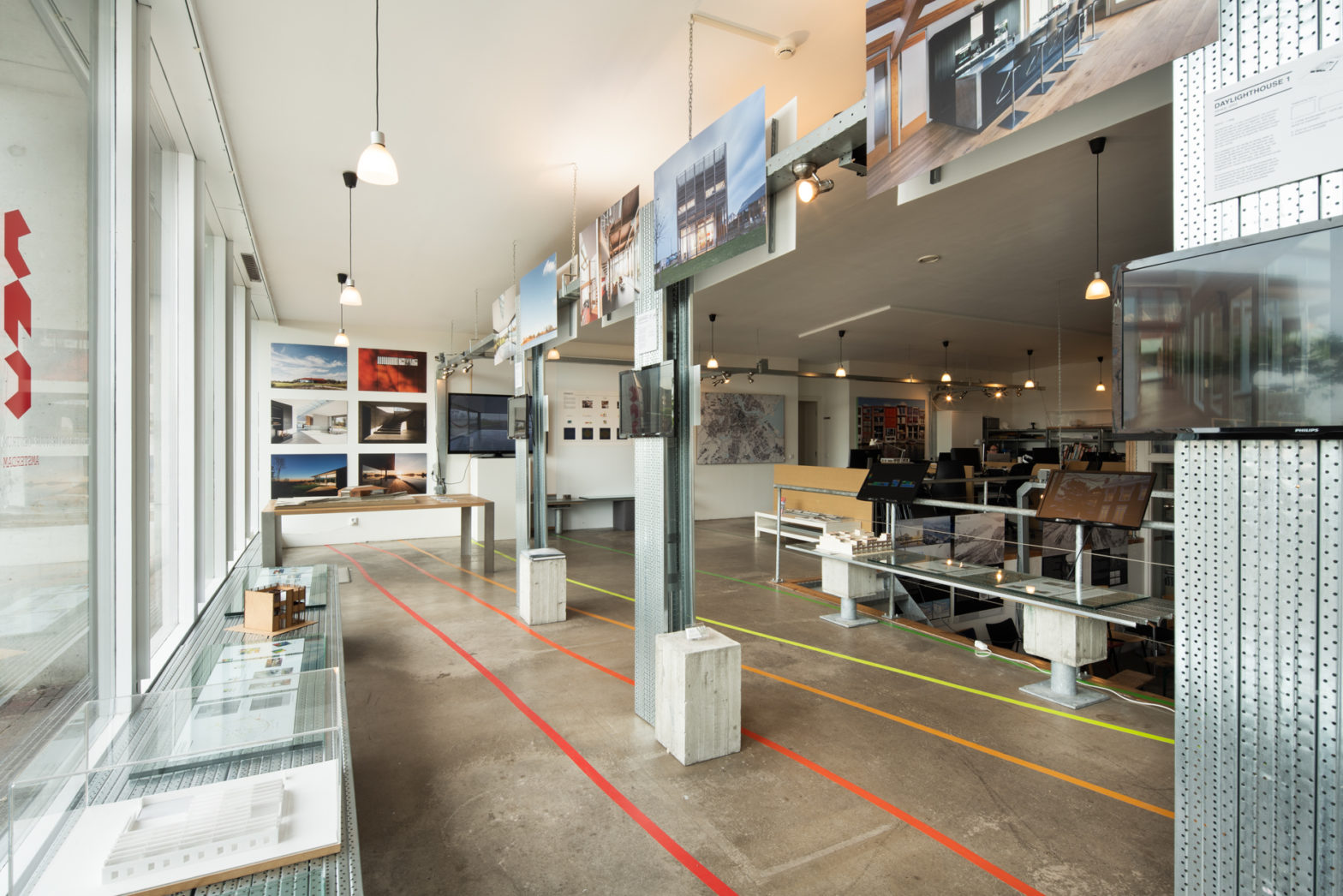‘Daylighthouse’ is an exhibition about daylight in housing, presented by a number of case studies. The exhibition is organized by Mirck Architecture, after completing Daylighthouse 3. The desire for healthy living is currently growing. Daylight could and should contribute to a healthier way of life. ‘Daylighthouse’ is a true story about three houses, where daylight is the leading concept. These three daylighthouses are presented and compared, alongside three relevant residential buildings.
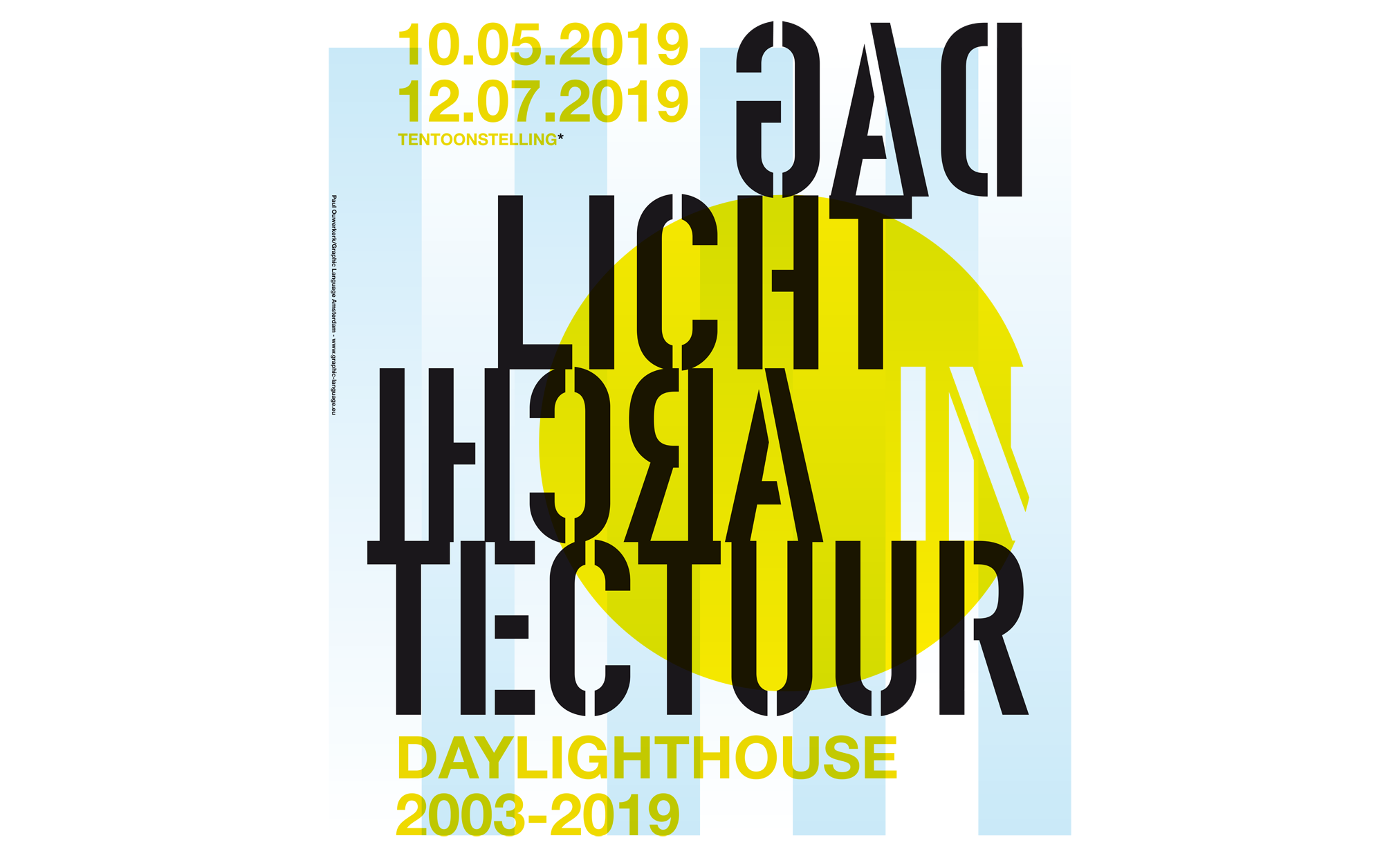
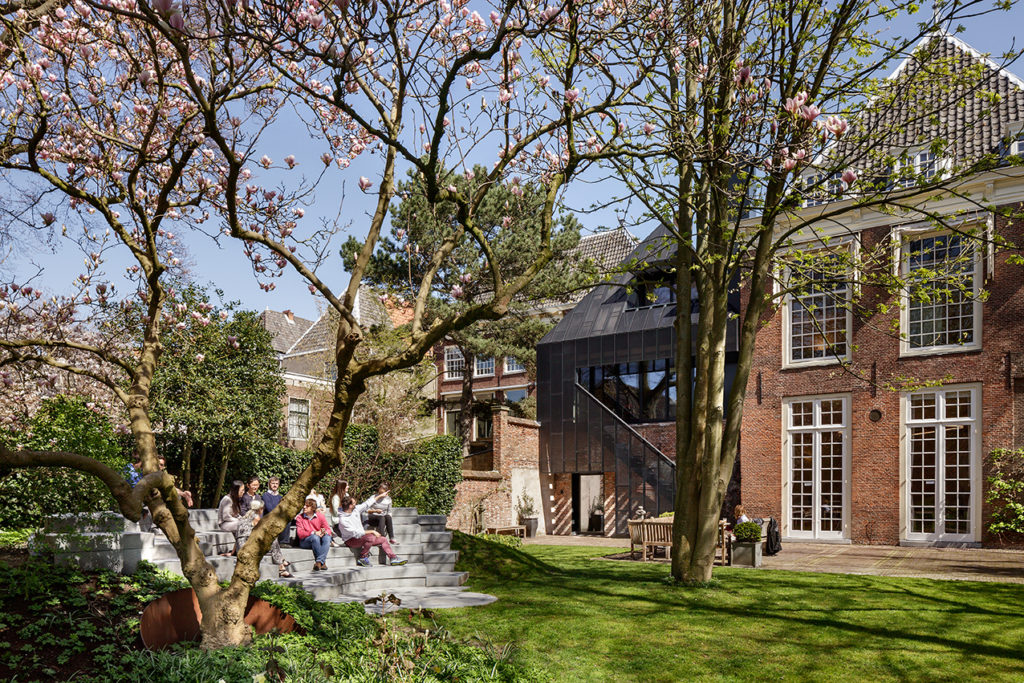
Architecture & physics
‘Daylighthouse’ combines architecture and physics. The projects are presented and compared through the use of film, photographs, drawings, models, but also daylight visualisations. The colourful imagery shows the changing illuminance throughout the days and seasons. This dynamic information creates a more tangible understanding of the role daylight plays in buildings.
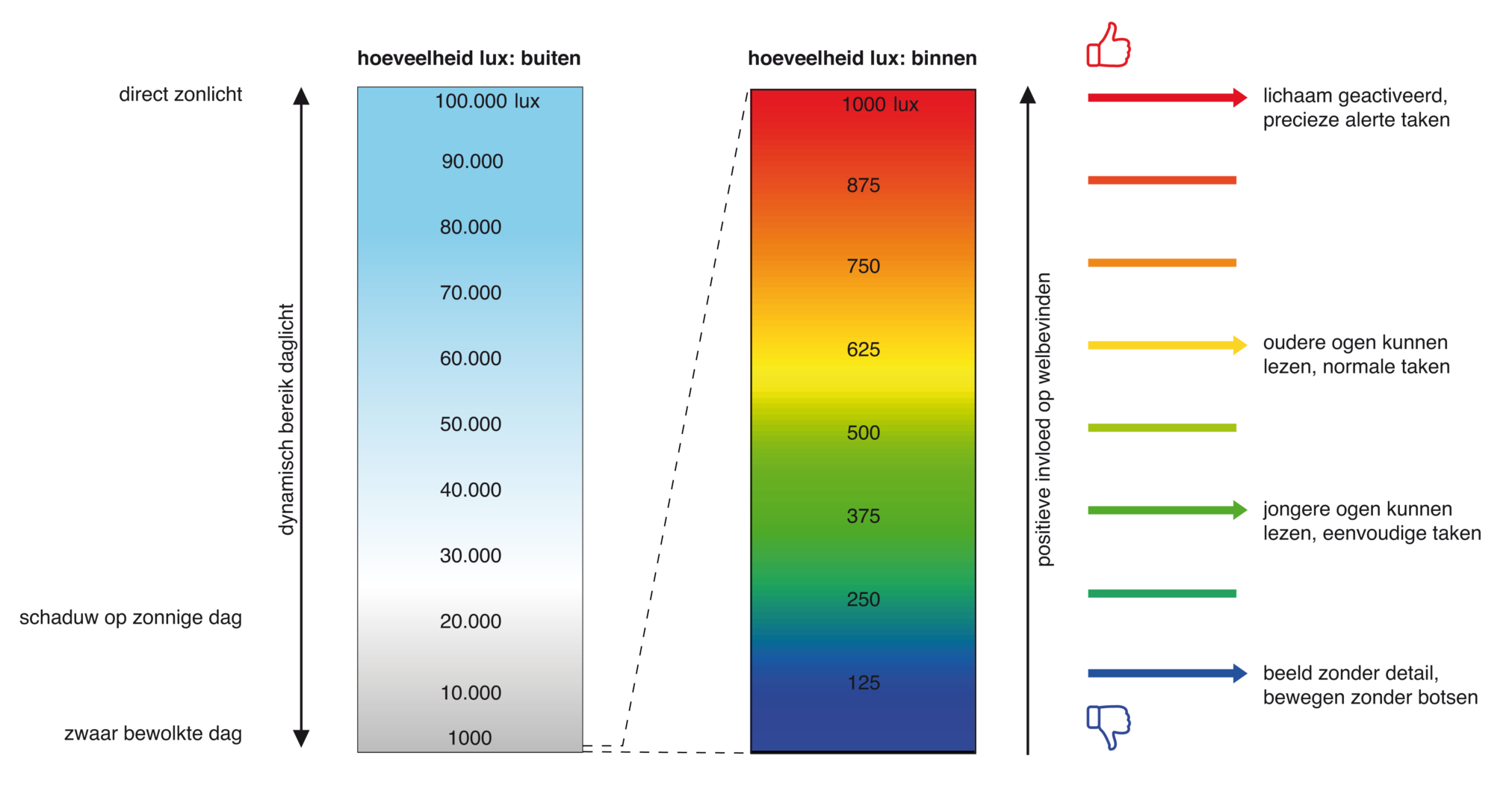
The coloured lines on the floor are used to visualize the different light levels throughout the exhibition space around this time of the year. Outside, the illuminance fluctuates between 1000 lux and 100.000 lux, while inside the illuminance varies between 1000 lux and 0 lux. With people spending more time indoors, the importance of indoor illuminance becomes apparent.
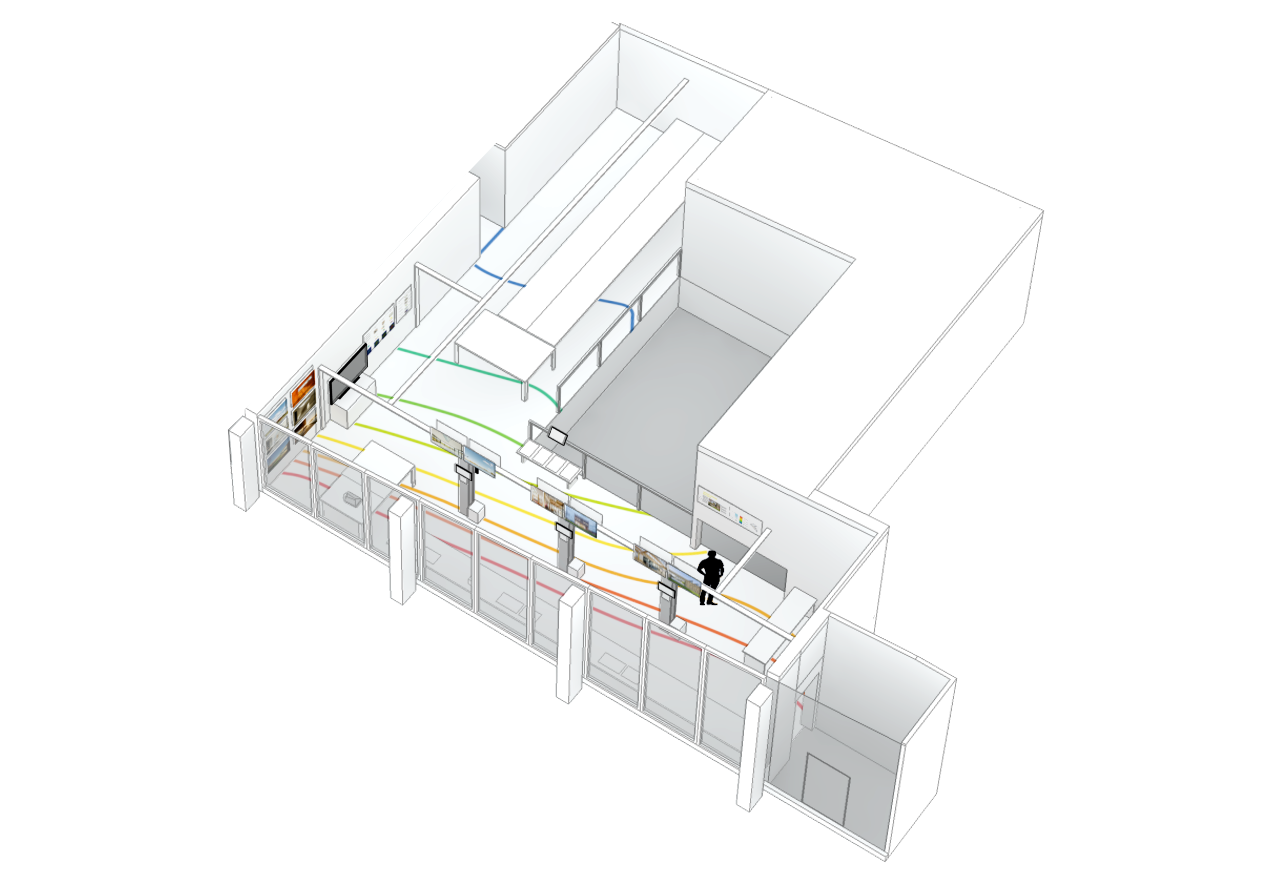
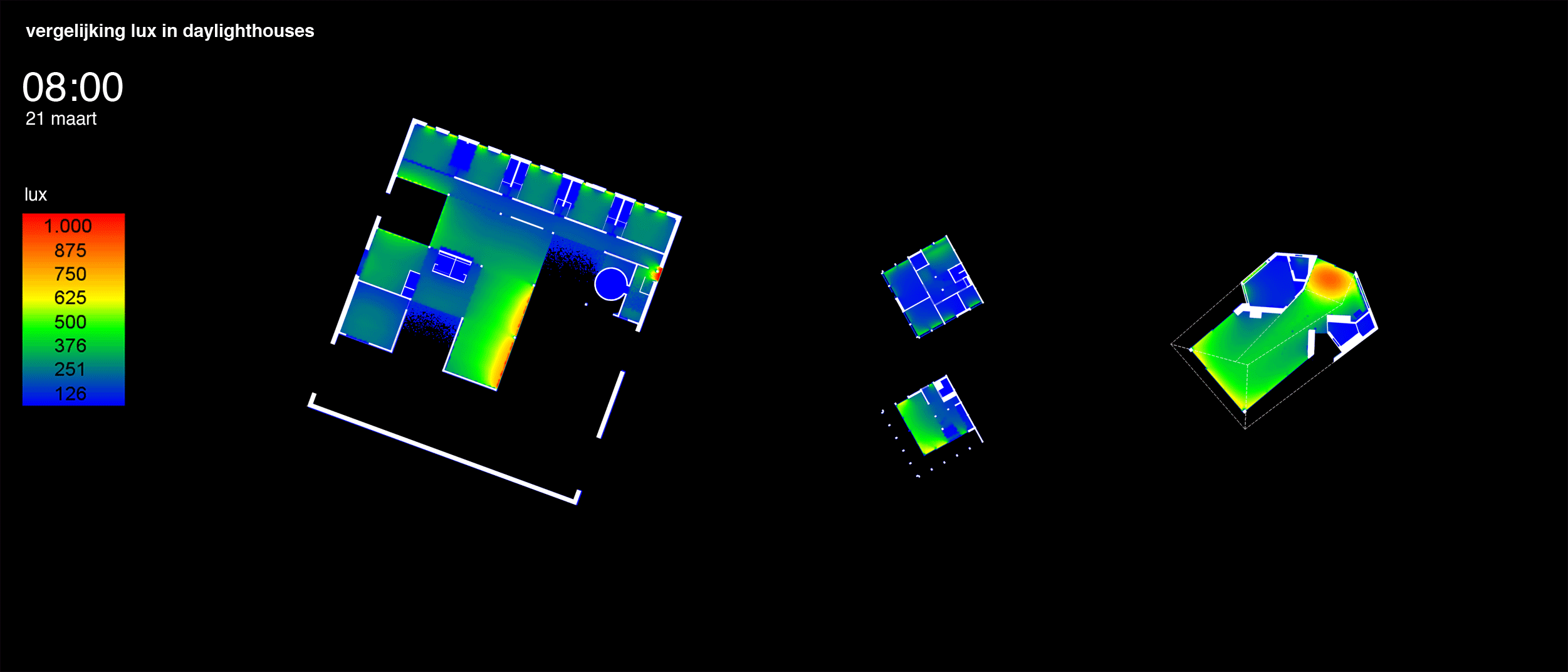
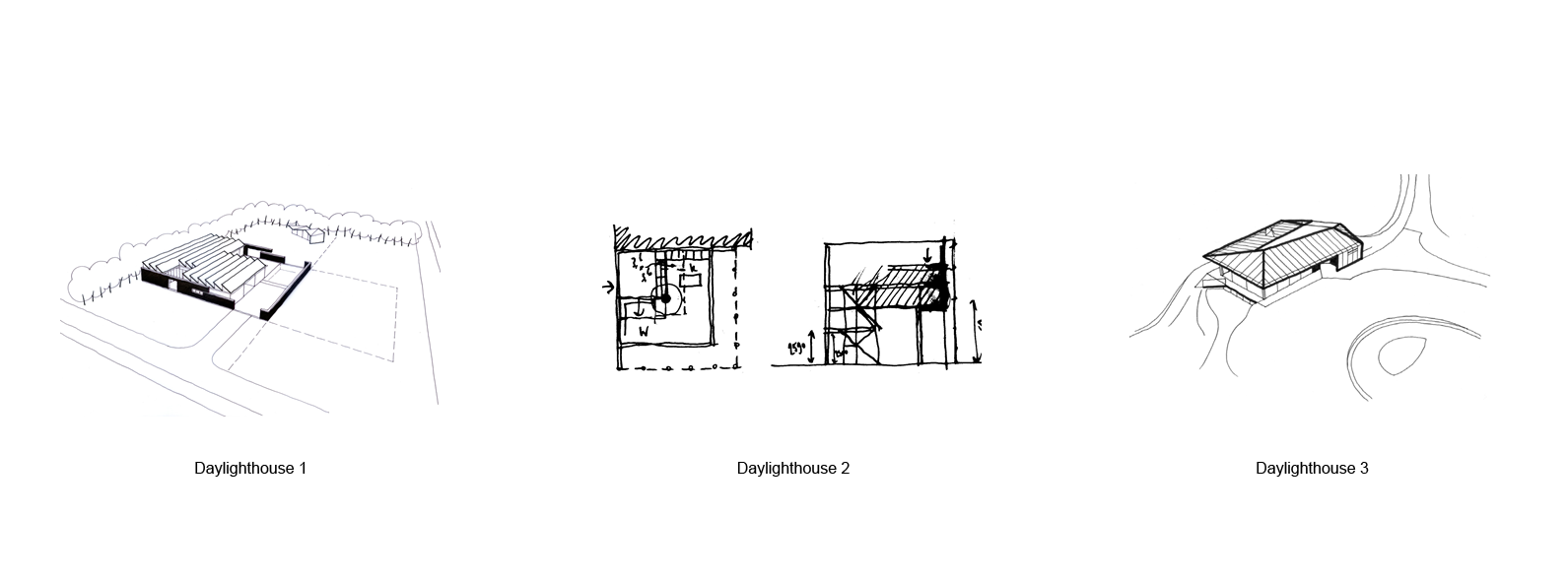
Enlightenment
Discovering, presenting and utilizing the qualities of daylight becomes easier every year. The complexity of daylight calls for patience, computing power, and creativity. During the enlightenment of the 17th century, reason, science and exchange were increasingly celebrated. This new way of thinking lead to countless scientific and social breakthroughs, but is nevertheless regularly put under pressure in modern times.
‘Daylighthouse’ seeks Enlightenment in the exchange between science and art, between physics and architecture. Physical analyses as well as films and pictures represent the daylight of the houses and residential buildings. It offers a surprising insight and invites to think about daylight in houses.
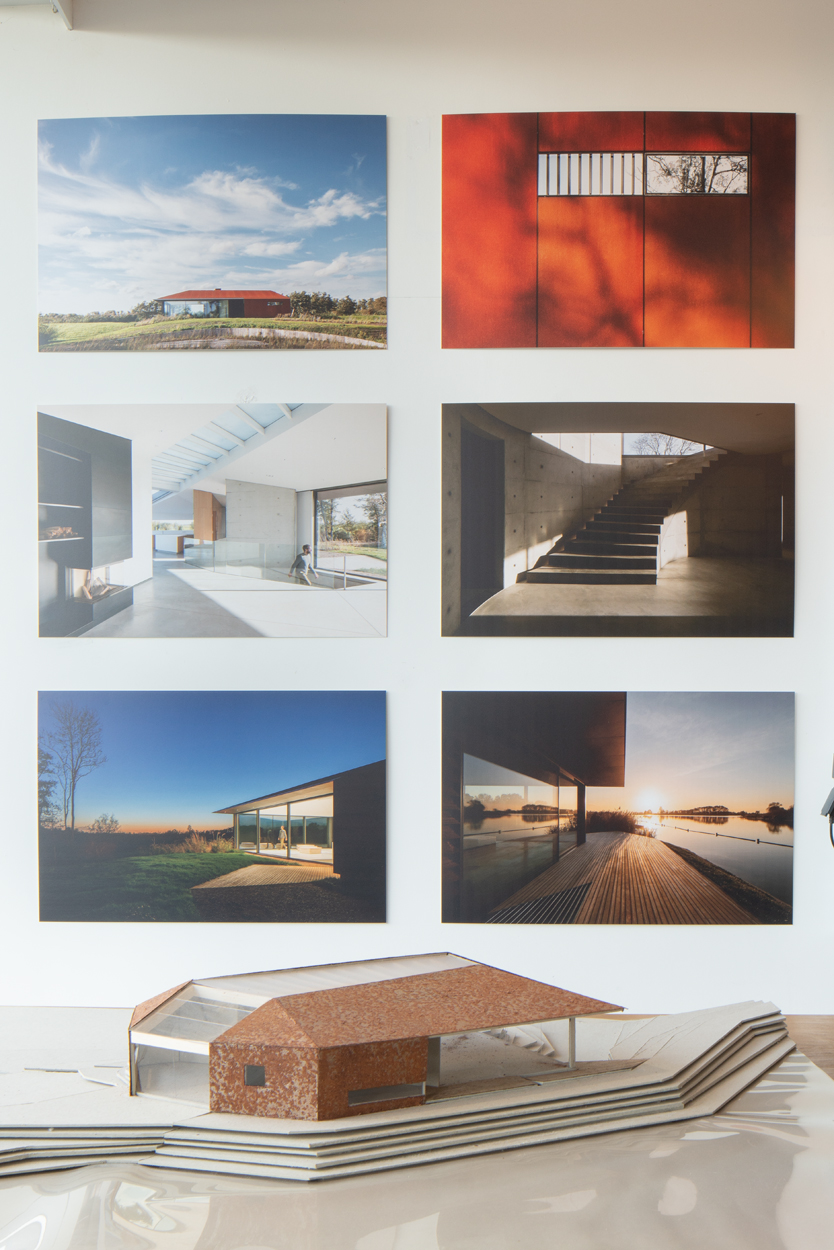
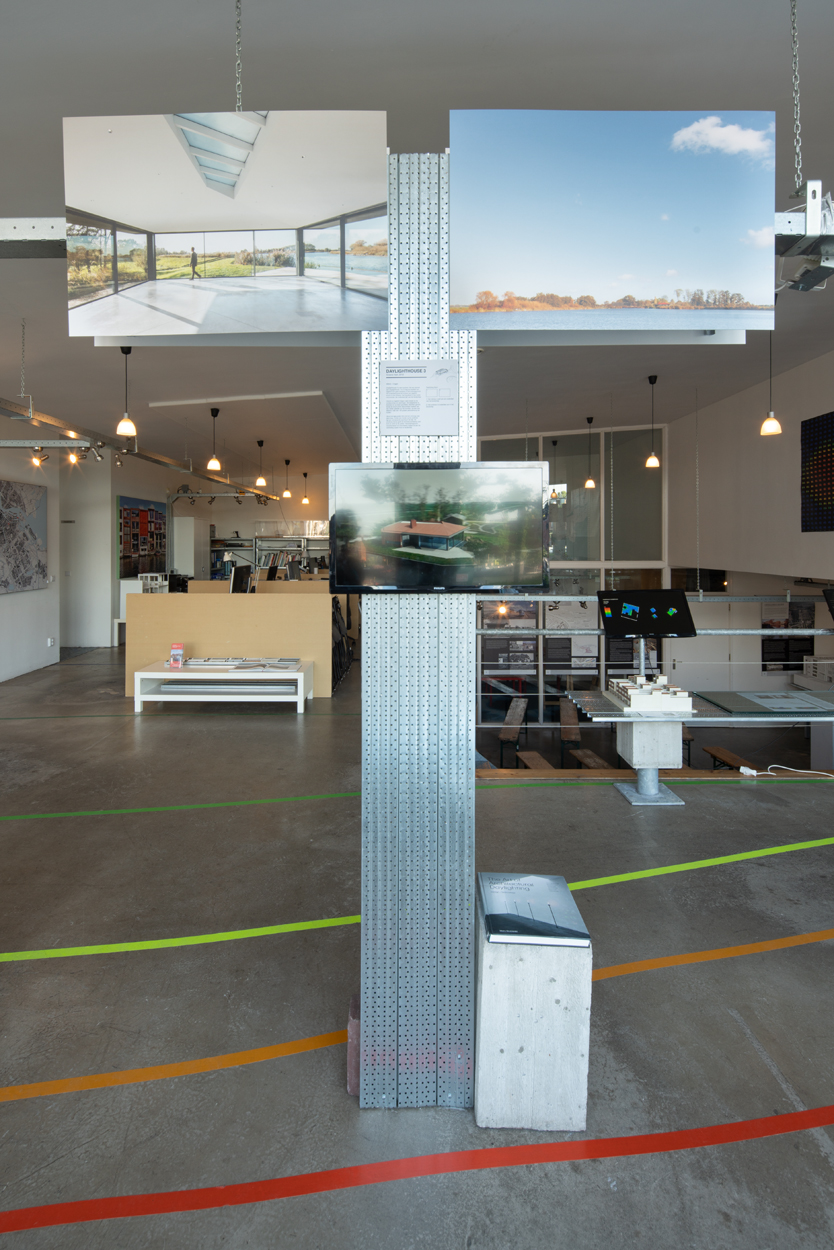
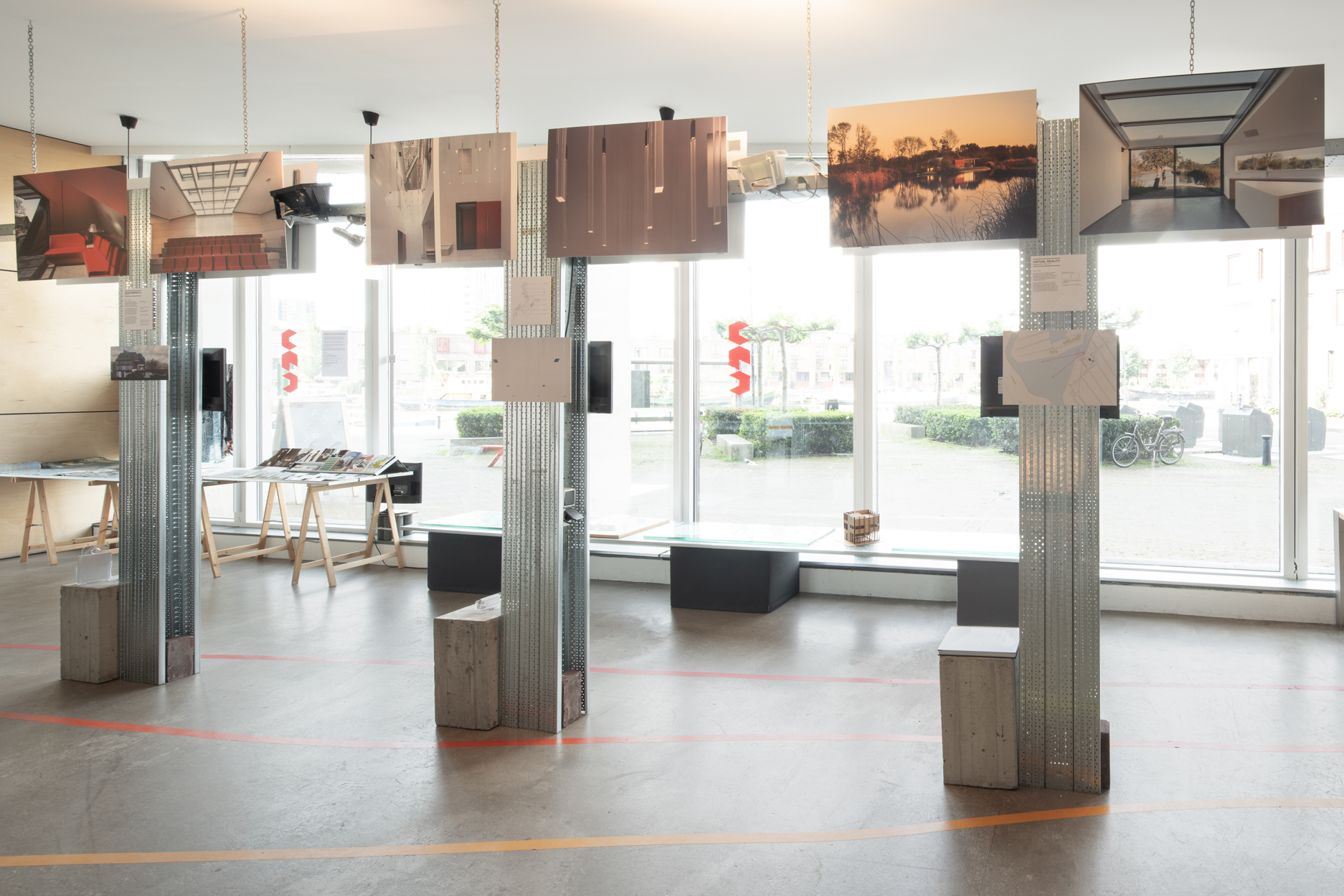
Findings
Daylight and views intensify one another: residing in Daylighthouse 3 gives you the feeling of being part of the landscape. A room-with-a-view becomes a room-in-a-view.
The influence of daylight in architecture is increasing again: Daylight contributes to a healthier way of life, that more and more people and sciences pursue.
We closely monitor daylight, unconsciously: Our brain anticipates the dynamics of daylight continually, though we are barely aware of it. This awareness can expand the view on nature and architecture.
Exploring daylight improves architecture: Daylight is a complex subject, reaching from the cosmos into the brains. To incorporate daylight optimally into our lives, exchange between architecture, physics and biology is necessary.
The fast irregular dynamic of daylight: Our eyes naturally adapt to the continuously changing daylight. These natural changes help stimulate the brain and can enhance mood and productivity. Architecture can make people more in tune with their environment.
The slow regular dynamic of daylight: Being exposed to the daily rhythm of daylight improves waking up and falling asleep comfortably. The Dutch seasonal change has a big impact on interiors.
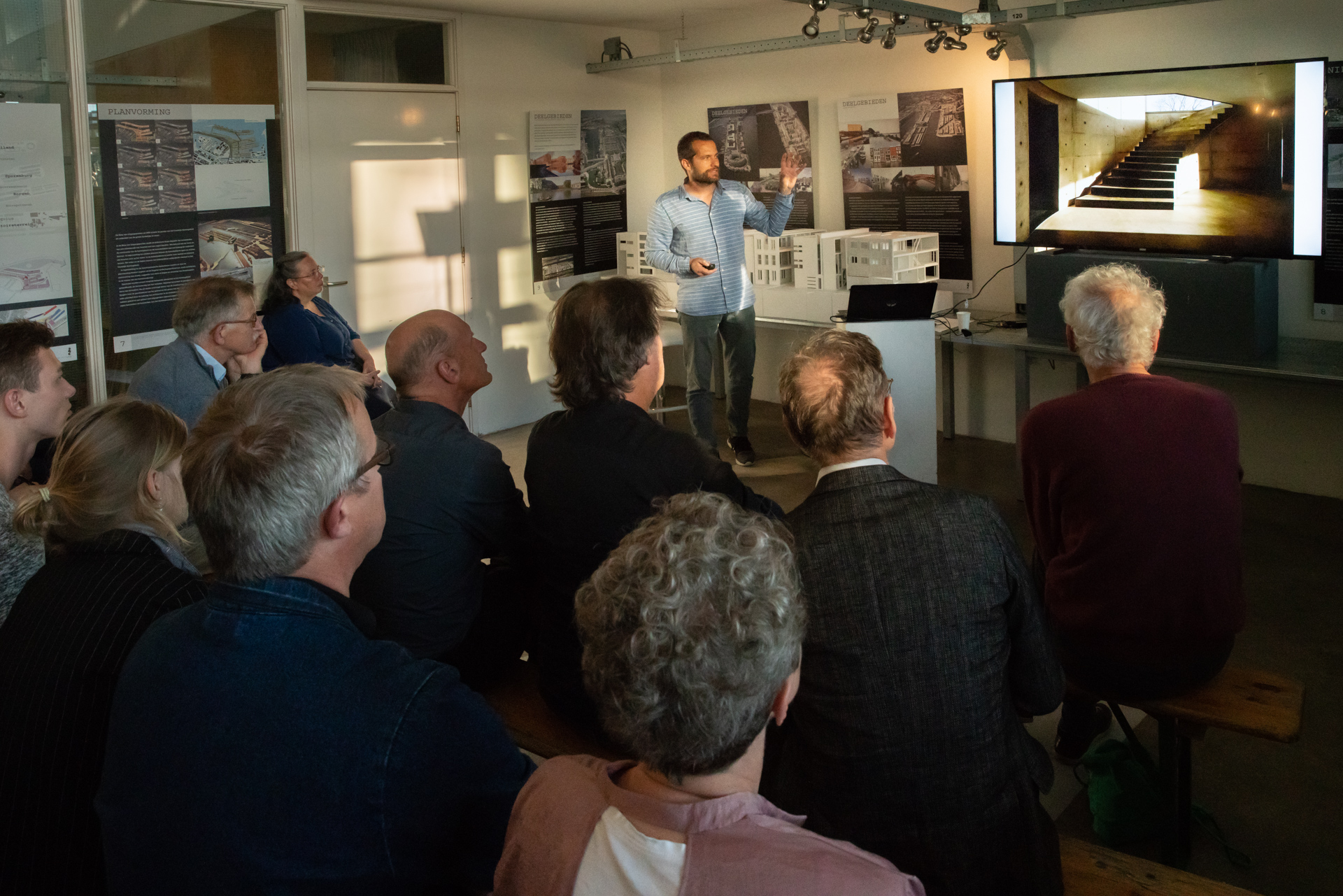
During the exhibition Sander Mirck gave lectures about daylight in architecture to varied audiences (photo above). He also organized three lecture nights and a workshop for children. The lecture nights featured other daylight architects, lighting designers and building innovators. Interesting debates and discussions followed (photo below).
